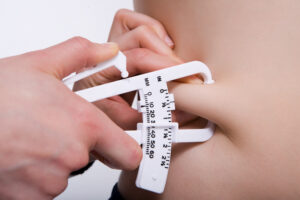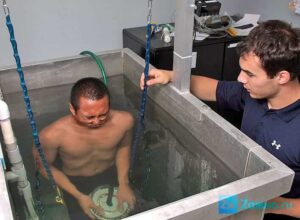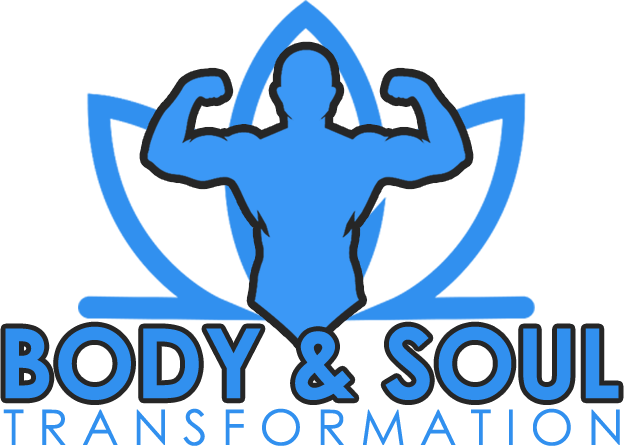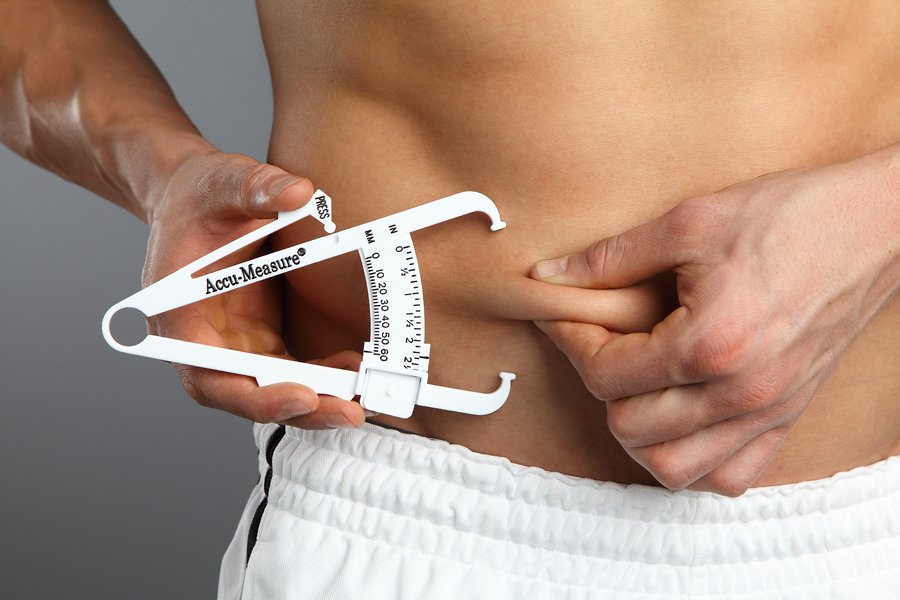Body fat percentage is an important indicator for evaluating the effectiveness of your weight loss strategy.
When it comes to body weight control, it is very important not only to observe the decrease in indicators on the scales, but also to understand why your weight is reduced.
After all, unfortunately, we can lose weight not only because of the loss of fat, but also due to a decrease in muscle mass. Therefore, recently, various methods for determining the percentage of body fat are in increasing demand.
In this article, we have collected 6 ways to measure body fat.
1. Caliperometry (measurement of the thickness of the skin folds)

Body fat measurement
The measurement of skin folds is used to assess fat deposits for more than 50 years. With the help of a caliper, the thickness of subcutaneous fat in certain parts of the body is measured. Measurements are carried out in several different parts of the body. Then, using special tables, the percentage of body fat is determined based on the data obtained.
Advantages: calipers are very affordable and measurements can be carried out quickly.
Disadvantages: the method requires practice and basic knowledge of anatomy. In addition, the measurement procedure itself may be unpleasant for some people.
Accuracy: The skills of a person measuring the thickness of skin folds may vary, which affects the accuracy. Measurement errors can be 3.5 – 5 percent fat.
2. Measurements of body circumferences
The body shape varies from person to person, and your physique gives information about the amount of fat in the body. Measuring the circumference of certain parts of the body is a simple method for assessing the body fat content. For men, the neck and waist circumferences are used in this equation.
Advantages: This method is simple and accessible. All you need is a centimeter tape and a calculator.
Disadvantages: Body circumference equations cannot be accurate for all people due to differences in physique and fat distribution.
Accuracy: Accuracy can vary widely depending on your similarity to the people used to develop the equations. The margin of error is only 2.5-4.5 percent of body fat, but it can be much higher.
3. Dual-energy X-ray absorptiometry (DEXA)
As the name suggests, DEXA uses X-rays of two different energies to estimate the percentage of fat in your body. During the DEXA scan, you lie on your back for about 10 minutes while the X-ray machine scans you. The amount of radiation from the DEXA scan is very low. DEXA is also used to assess bone density and provides detailed information about bones, fat-free mass and adipose tissue in individual parts of the body (arms, legs and torso).
Advantages: This method provides accurate and detailed information, including a breakdown by different areas of the body and bone density readings.
Disadvantages: DEXA are often inaccessible to the majority of the population, expensive and associated with additional radiation.
Accuracy: DEXA gives more stable results than some other methods. The error can be 2.5-3.5% fat.
4. Hydrostatic weighing

This method, also known as underwater weighing or hydrostatic densitometry, estimates the composition of your body based on its density. In this method, you are weighed when you are submerged under water after exhaling the maximum possible amount of air from your lungs. Then you are also weighed when you are on land, and the amount of air remaining in your lungs after exhaling is estimated or measured. All this information is entered into the equations to determine the density of your body. Your body density is then used to predict the percentage of body fat.
Advantages: this is accurate and relatively fast.
Disadvantages: it is difficult or impossible for some people to completely immerse themselves under water. The method requires you to exhale as much air as possible, and then hold your breath under water. Hydrostatic weighing is usually only available at universities, medical institutions, or certain fitness centers.
Accuracy: If the testing is done perfectly, the error of this device may be as little as 2 percent fat.
5. Bioelectric Impedance Analysis (BIA)
BIA devices determine how your body reacts to small electrical currents. This is done by applying electrodes to the skin. Some electrodes send a current through your body, while others receive a signal after it has passed through the tissues of your body. Due to the higher water content in the muscles, electric currents pass through them more easily than through fat. The BIA device automatically enters your body’s response to electric currents into an equation that calculates your body composition. There are many different BIA devices that vary greatly in cost, complexity, and accuracy.
Advantages: BIA is fast and easy, and many devices can be purchased by users themselves.
Disadvantages: the accuracy varies widely and can strongly depend on the intake of food and liquid. Although many devices are available to consumers, they are often less accurate than expensive devices used in medical or research institutions.
Accuracy: The accuracy varies, the error is 3.8-5 percent of body fat, but it can be higher or lower depending on the device used.
6. Bioimpedance Spectroscopy (BIS)
BIS is similar to BIA in that both methods measure the body’s response to small electric currents. But these devices use different technologies. BIS uses a much larger number of electrical currents than BIA to mathematically predict the amount of fluid in the body. BIS also analyzes information differently, and some researchers believe that BIS is more accurate than BIA. The accuracy of both of these methods depends on how similar you are to the people for whom these equations were developed.
Advantages: BIS is fast and simple.
Disadvantages: Unlike BIA, consumer-level BIS devices are currently unavailable. BIS is usually only available at universities, medical institutions, or certain fitness centers.
Accuracy: BIS is more accurate than consumer-level BIA devices, but has the same error as more advanced BIA models (3-5 percent fat content).
Which method is best for you?
It depends on your goals, the required accuracy, frequency of use, availability and price.
Whatever method you use, it is important to consistently use the same one. If you evaluate yourself in one way each time, this will reduce the number of errors and make it easier to determine progress.
It is almost always better to take measurements in the morning on an empty stomach after going to the toilet. At the same time, it is necessary to interpret the results with caution: even the most convenient methods are not ideal and give only an approximate estimate.

